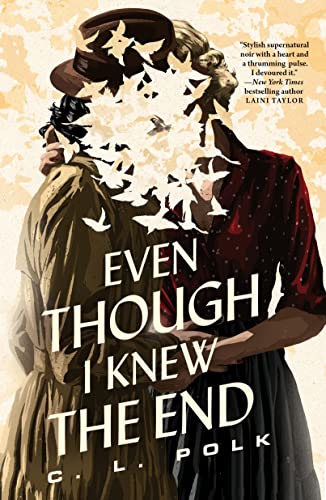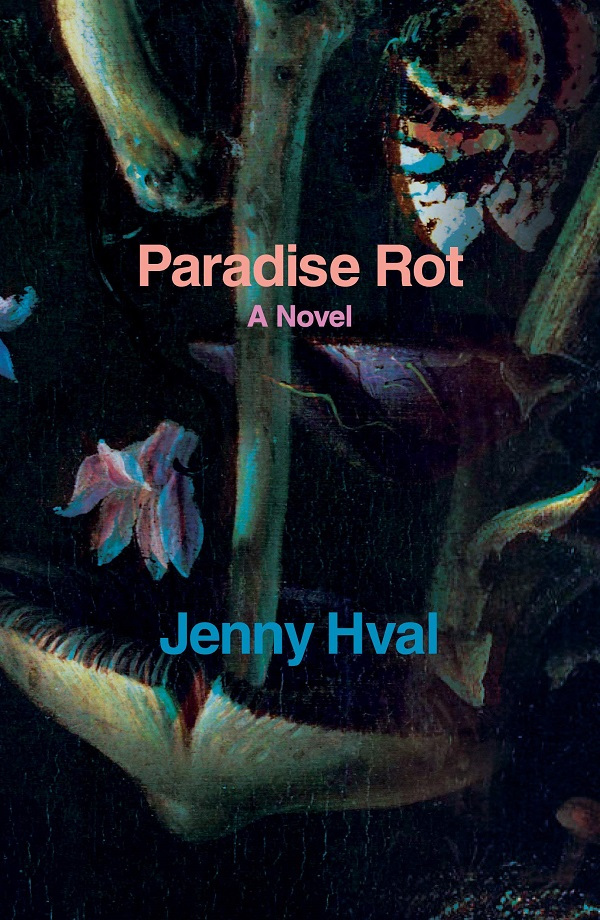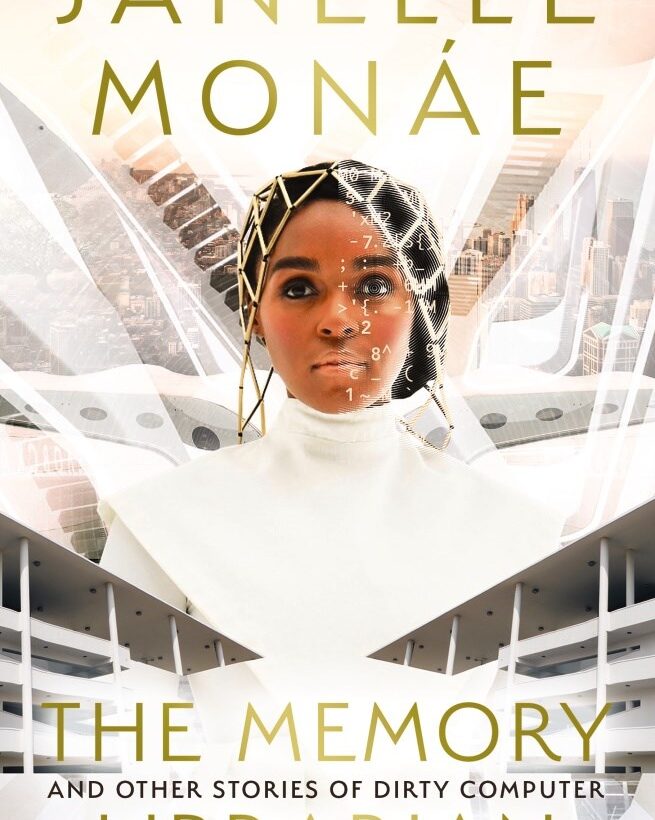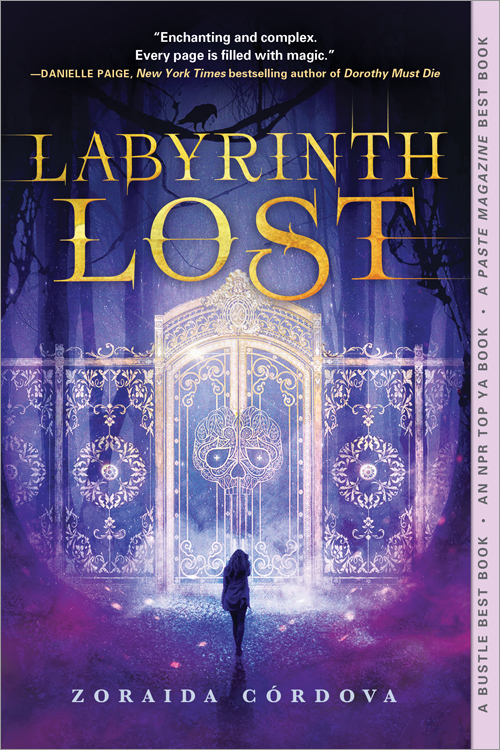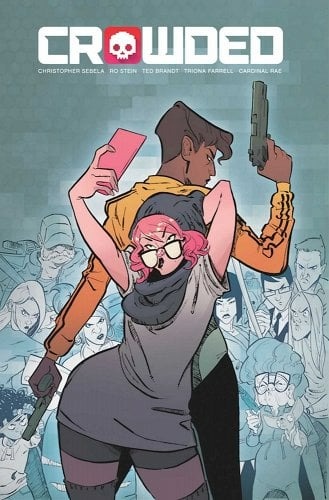In 1940s Chicago, a serial killer known as the White City Vampire spreads fear as everyone wonders who his next victim will be. Helen Brandt, an exiled magician deemed a warlock for her crimes against the Brotherhood, is on the case. But as the mystery unfolds, her past comes back to haunt her, and sheRead More
A Toxic, Surreal Roommate Relationship: Paradise Rot by Jenny Hval
Jo, a foreign exchange student from Norway, moves to Australia to study biology at a university. She’s a shy and socially awkward young lady looking for a place to live while studying abroad. Things seem to look up when Carral answers her call for a roommate, giving her a place to live on the outskirtsRead More
A Future of Dirty Computers: The Memory Librarian by Janelle Monáe Review
This is an entire collection of short stories, but I am only focusing on the titular short story for this review. “The Memory Librarian” follows Seshet, the Director Librarian of New Dawn who monitors citizens’ memories. In New Dawn, the government cleanses citizens of troublesome memories that cause pain, fear and confusion. It allows peopleRead More
10 Sapphic Books to Celebrate Latine Heritage Month & the Spooky Season
September 15th to October 15th is Hispanic/Latine Heritage Month. It happens to overlap perfectly with the spooky season. What better way to celebrate both than with some horror or speculative fiction novels starring sapphic characters? Check out some amazing picks below in no particular order. Her Body and Other Parties by Carmen Maria Machado I’ve reviewedRead More
A Swoony Historical Sapphic Romance: An Island Princess Starts a Scandal by Adriana Herrera
Buy this from Bookshop.org to support local bookstores and the Lesbrary! Manuela del Carmen Caceres Galvan wants to experience a final lesbian hurrah in Paris before she has to marry a rich man for her family’s security. Cora Kempf Bristol, Duchess of Sundridge, wants to secure her place in the business world by negotiating aRead More
Cult Leader, Zealot, or Savior?: The Genesis of Misery by Neon Yang
Buy this from Bookshop.org to support local bookstores and the Lesbrary! Misery Nomaki (she/they) wields the power to manipulate holystone, an ability only saints or those void-touched have. She believes she is void mad, while the angel that guides her, Ruin, tells her she is the next Messiah. But regardless of what is the truth,Read More
An Obsessive Female Friendship Turns Dark: Girls on Fire by Robin Wasserman
Buy this from Bookshop.org to support local bookstores and the Lesbrary! Two teen girls, Hannah Dexter and Lacey Champlain, become obsessively attached to each other in their rebellion and vengeful agenda against Nikki Drummond. Then dark secrets about what happened to Craig, the boy found dead at the beginning of the novel, begin to unravel,Read More
Who is Worthy of Survival at the End of the World? On the Edge of Gone by Corinne Duyvis
Buy this from Bookshop.org to support local bookstores and the Lesbrary! I want to preface this with that I read this for my Bi Book Club and it turns out the bisexual character is a supporting one, not the main one. So I will focus this review on that relationship. This was a really goodRead More
Murder by Crowdfunding: Crowded Vol. 1 by Christopher Sebela et al.
Buy this from Bookshop.org to support local bookstores and the Lesbrary! The Crowded comic book series tells the satirical story of a dystopian world not too far in the future where the gig economy has become unhinged. In this world, everything has a price, including putting out hits on someone’s life through an app called Reapr. AnyoneRead More
Teen Witches Cover Up a Murder: When We Were Magic by Sarah Gailey
Buy this from Bookshop.org to support local bookstores and the Lesbrary! Alexis and her five friends share a secret—they all have magic powers. On prom night, Alexis’s magic goes wrong and a boy ends up dead. Now, the six teens have to keep this a secret as they try to make things right. Bonds areRead More
- 1
- 2
- 3
- …
- 6
- Next Page »
